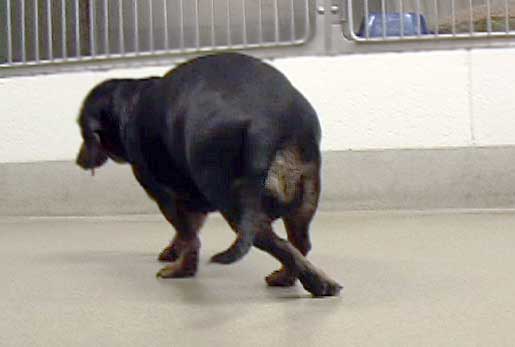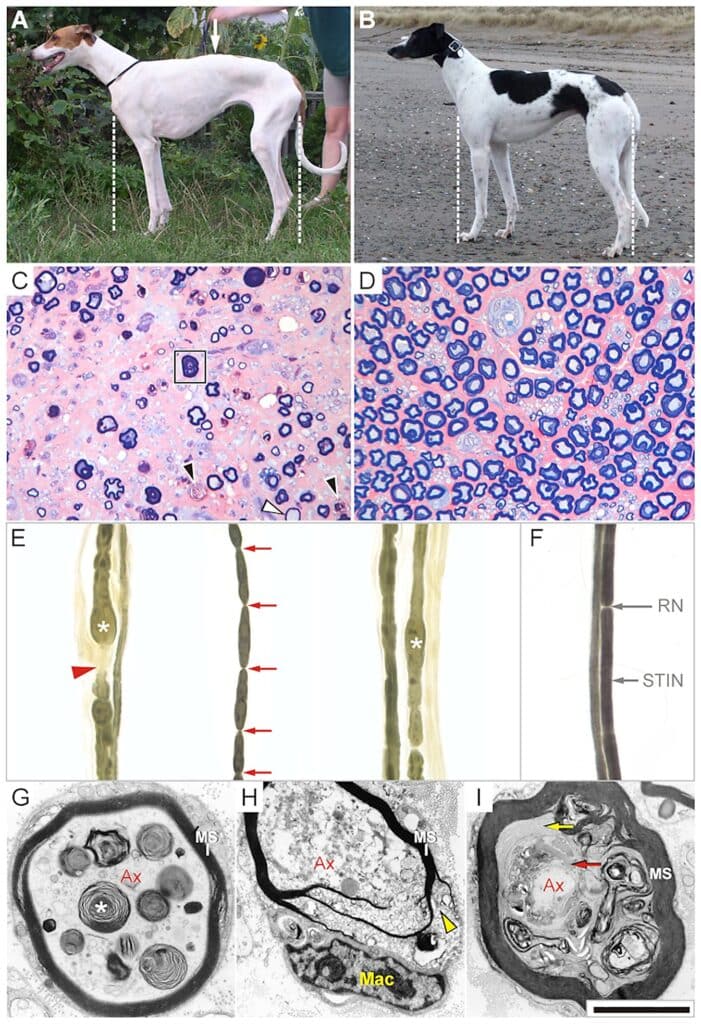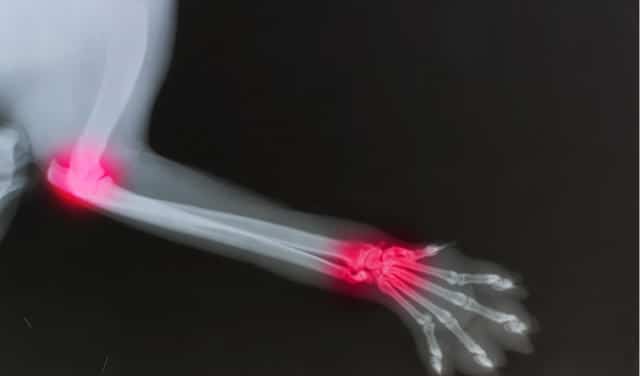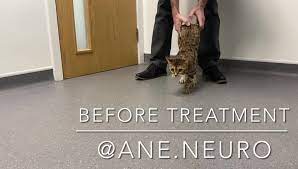Spondylosis in dogs
Spondylosis is a common disease in older dogs, but can also affect younger animals. This degenerative spine disease leads to bone growths (osteophytes) along the vertebrae, which can cause pain and limited mobility. Our goal is to provide you with an in-depth understanding of this condition, including its symptoms, diagnosis, treatment options and prevention tips to support your dog's well-being.










